Influences That Affect Your Point of View
Influence, the word, the resulting action, literally means to ‘flow in’, I suppose suggesting more a gentle ebbing that nudges the shoreline or a steady but easy current influencing another entity, source or supply of one kind or another. Sometimes an influence goes one way and other times it can be more symbiotic but not necessarily equal in measure. Perhaps I see this when two creative people get together and share time in discussion. Of course it could equally mean a tidal wave from a tempest or mist descending on a parched land too. What or whichever, rest assured, influence is the way all change takes place, both good and bad but perhaps less so, indifferently. The influences on woodworking have been no different. In my years I’ve experienced the many subtle shifts that drifted in unnoticed and then I’ve witnessed those tsunamis that so dominate our attention. The router and the chop saw, biscuit jointers and now dominoes too, all will go down in the annals of history as progressive technologies without anyone questioning their impact in any kind of negative way. It was in the 1970s that the greatest tsunamis hit, invading a quieter world of woodworking in amateur realms with the ever-present promise of ease, speed, success.
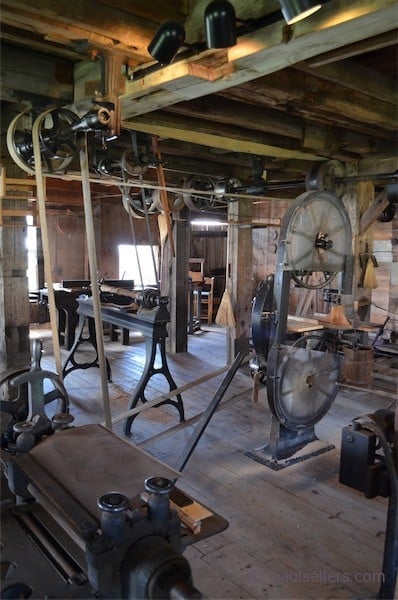
Makers of mass-making machines saw their new market niche, one they could readily tap into by supplying more miniature versions of their once great behemoths. At first these versions were home-grown domestic versions, but soon costs were more drastically lowered by importing cheaper versions that further incentivised sales teams and provide the game changer altogether. Woodworkers on every continent embraced the so-called labour saving contrivances in the same way food mixers, microwaves and other kitchen aids did the domestic kitchen. No one considered the after effects of time spent in clean-up of all the constituent parts, but in they came in the name of progress and they remained as replacements to their ‘old school’ hand method counterparts. It was only a question of time before everyone asked why do anything by hand? But try snatching the microwave from the family kitchen and you will have anarchy on your hands. That’s become the same in woodworking realms when you suggest cutting dovetails by hand and not relying on the router. In many ways, when I first came on the scene with an advocacy for hand tool methods and older technologies, it was much the same. The strongest opposition always came from the full-time woodworkers striving to make their living from making sellable pieces. The argument being hand methods are too slow and you can’t compete but never by admission that they just do not have the developed skill old crafting artisans had early on in their training. As a boy we competed around the benches; who was it that could cut the fastest dovetails or mortise and tenons. We soon learned all the short cuts from one another and the judgement came from older men who weighed up the competency and quality of the finished work. Even with filming, these dovetails took me only 15 minutes or so.

I began my work life using mainly hand tools. It was more a question of my being safely placed for starting-out as a 15 year old apprentice. At the end of an 8-foot workbench it really suited me (and the bosses) well. Little did I realised that at age 16 I was to be forced against my will into using machines. 20″ circular rip saws, 36″, power planers, jointers, bandsaws with three-foot cast iron wheels and radial arm saws all came came one by one in that year of 1966. Spindle moulders and tenoners came later; thankfully, much later!
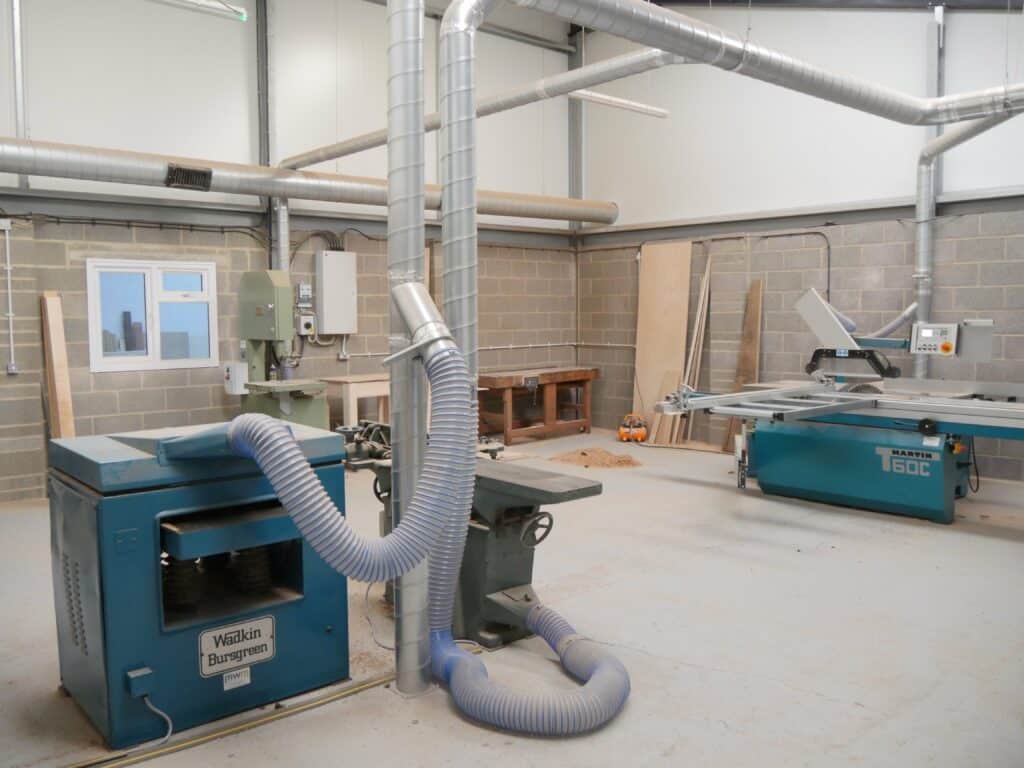
Back then machine guards were scarcer, relatively impractical they were mostly removed years earlier and ‘lost’. No one monitored businesses much for safety back then, or if they did they were noticeable by their absence. Anything that slowed down a process was removed and the vintage guards definitely got in the way. A swing saw used for crosscutting beams had no guard around it at all and you had to reach up to 2 inches from the blade for the handle to swing it down across the beam. The rise and drop guard to the radial arm saw was wedged up with a wooden wedge to the side of the saw body to make the saw move more freely and reduce drag and snag. Such was health and safety back then. Those days are mostly gone, thankfully, but woodworking machines remain inherently dangerous none the less. For much of my work they are used only minimally. They do what they do best and that’s dimensioning the wood. It’s been good that I established a balance that well suited me early on. Though I haver always had a machine shop of some kind or other, because I developed real skill and knowledge early on, I was able to make my living primarily from my skilled work. This was always what my customers wanted. They wanted hand work. Because of my quest to keep hand tools in my life it has forced me to work extra hard to come up with practical systems in my hand work that guarantees the kinds of results one might expect from say a machine or piece of equipment designed to make the work efficient. Actually, often the systems and ways of working are perhaps better and much more efficient if, as it is with me, you make one piece and sell one piece.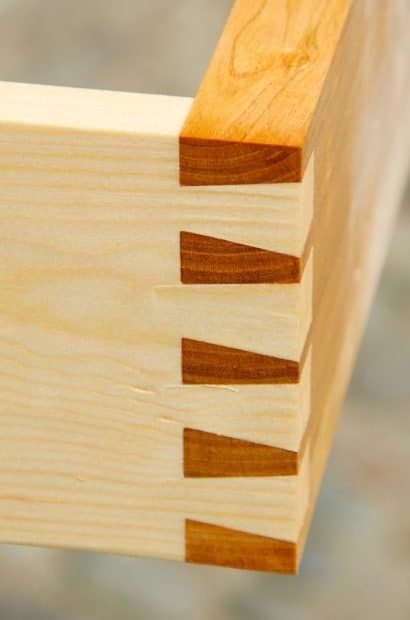
I never queried much if anything of the logic as a boy but just learned the intricacies of the methods and about the hand tools. Of course the best way to do that was in the using of them and thankfully the men I worked under were well informed, skilled and supportive of me as an apprentice as long as I was humble (not easy). Of course tools back then meant hand tools not machines. I never heard a man call a machine a tool until I went to live in the USA. That was a distinct dividing line I liked. No confusion there. So my not doing things analytically was more a question of simply doing as I was told. Over the past 20 years I have noticed people occasionally ask why not just use a router, or state I’ve got a tablesaw for that or a bandsaw for this. It’s as if they see me as some kind of nut for not doing things the way they do them, or perhaps they feel threatened or offended. I’m never really sure. What they can’t seem to comprehend is that I’ve worked something out, you know, evaluated things, investigated the possibilities and used most all methods before arriving at where I am by personal choices. I don’t really mind them seeing me this way, I just wish they would think why does he seem to like doing it the way he does? Anyway, my understanding that they simply can’t understand my ways because they only really know one way doesn’t help them. Their way through an evolutionary process meant for them the survival of the fittest, so we exchange a few pleasantries about wood and things and then they leave me to my own technologies without more ado.
Influences.
This week I considered the effects of influences. You know, the things that determine the way people work and especially their wood. Influence is of course a dynamic power, especially is this so on the unsuspecting innocents starting out and searching for how to develop their skill levels. In my day it was simple enough because they still had evening classes held at local schools. In the consumerist age, under the influence of consumerist economics, most people look to one of three resources all of which are rooted in businesses selling merchandise. They look to tool and machine suppliers by way of catalogs and online suppliers, they look to magazines reliant on advertising and they look to schools, private or state run via colleges and universities. Not really always the best resources at all.
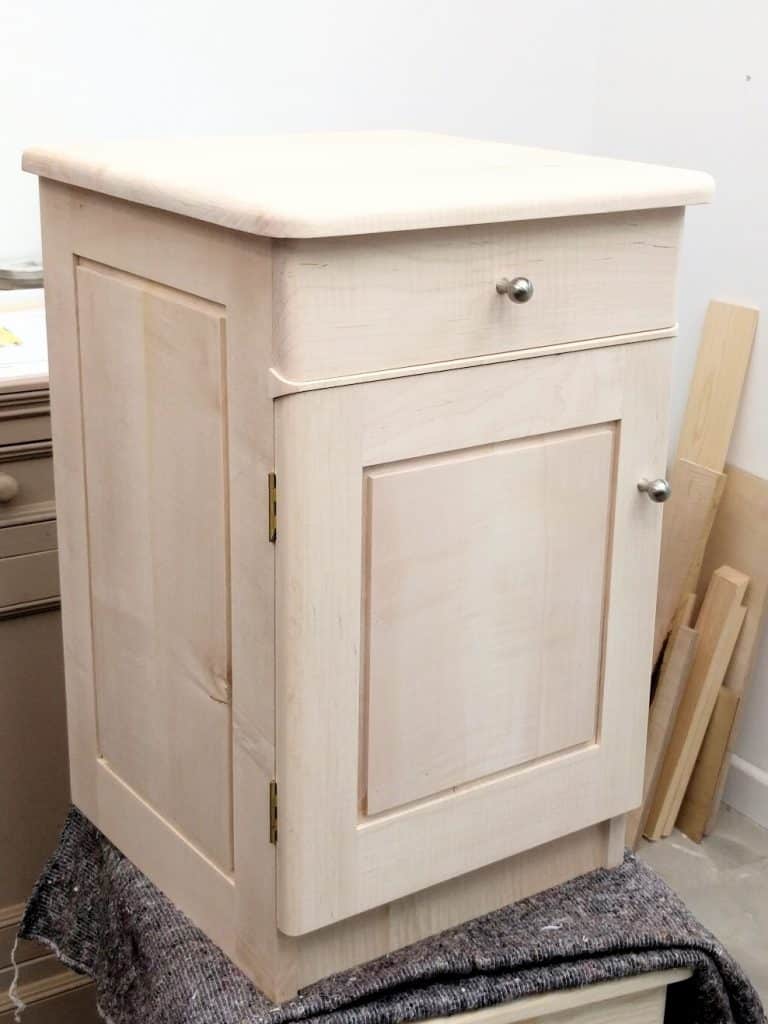
School is perhaps a possible starting point but not a choice for everyone because they generally provide places to those wanting ultimately to enter the workforce as machinists, At least it seems that way. With most teachers having spent most of their lives immersed in school life from birth it is probably not really the ideal place to seek practical or working advice from. If you are older and have already left school, that’s higher education, and you have been ill advised as is the case with many graduates, and you earn your living from work, you generally can put up with your current state of employment in terms of financial stability. It’s when you seek higher levels of creativity in your off time that I suspect you might look to perhaps a woodworking magazine for inspirational influence or input. The percentage ratio twixt hand work and machine tips the balance favourably and biasedly toward the more mass-making methods used in industry. They can’t really help themselves as their income comes from advertisers and their articles come from those who mainly rely on machines. The next resource and recourse is the industry provider, so you trip down to the woodworking super chain and what greets you there but a sales person selling, yet again, power machines and related equipment. The reality is that most sales personnel are not so very experienced as woodworkers but have some limited knowledge and possibly experience in the use of machines. In almost all cases they will only advise you to buy into the machines they sell.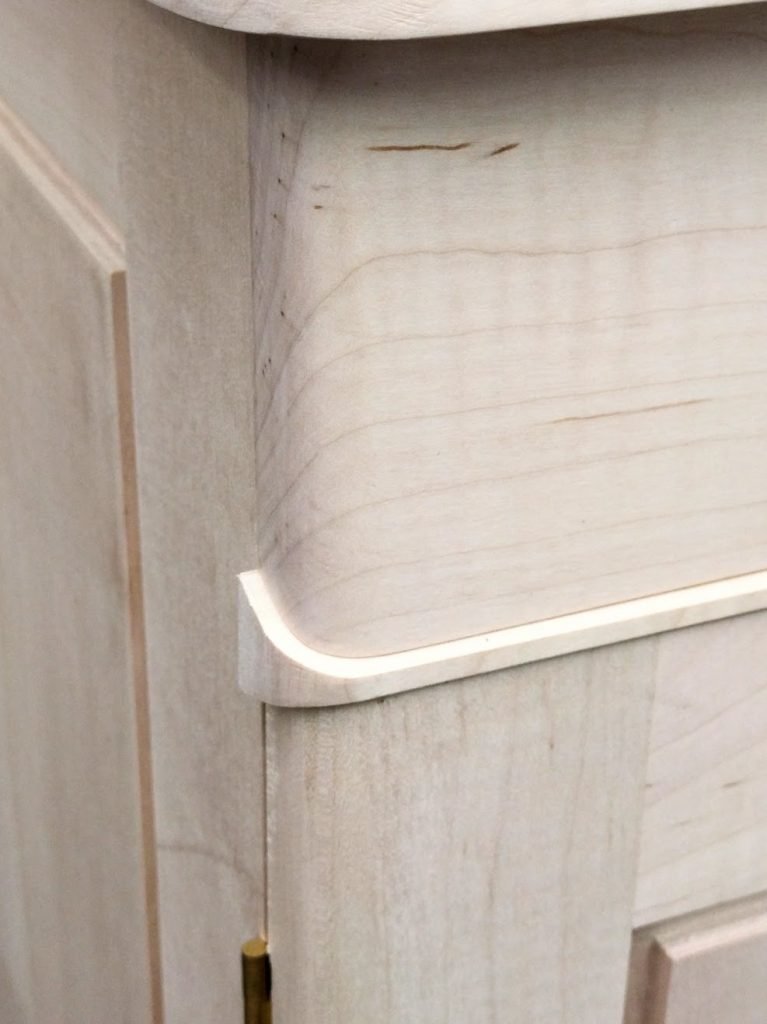
So that has been a sphere I have always encouraged new woodworkers to reconsider and think through whether they want a machine future or a hand tool future. It need not be just either but both. The big game changer in woodworking is the amount of available space you have to host dedicated machines. They certainly require a large footprint and dominate your mental gymnastics with regards to adapting them to do the tasks salesmen say they will do. Much of the time you are trying think health and safety because they are indeed some if not the most dangerous machines in industry. Mostly the machine tasks require some kind of jig making to make tasks accurate, safe and effective. You just have to decide whether you want to become a jig making machinist or a skilled woodworker, that’s all. Certainly my experience tells me that you should truly question the influences as to good resources.


YOU are my influence. And thousands like me. Your knowledge, and skill, and demeanor influence us in ways that extend beyond which tool we grab to cut a piece of wood. Thank you old man.
Dear Paul,
interesting read, as always. I like how you always emphasize, that you have tried both ways and then made a conscious, well-educated choice. I think that’s the most important advice you can really give someone (in- and outside of woodworking).
One thing I always wonder about though is the market for fine furniture. One of the picture labels says you would be asking 1500 pounds for the piece. Now I’m wondering how many people are there who are willing (and able) to pay that much money for a rather small piece of furniture? Don’t get me wrong, I’m not debating weather your time and skill is worth this amount of money – I just keep asking myself, how a young woodworker could establish himself on such a market. How heavily is the price you can ask for influenced by your name as a “brand”? How long would it take you to find a buyer for such a piece? I’m honestly interested in how this market functions and also in how a career path would look like for an young ambitious woodworker who wants to make a living for his family by selling fine furniture.
Thanks for all you are doing, Paul and team!
Simon
Hello Simon,
Check the FAQ’s…there are some things written about this subject over there..
Bert
My biggest influence has got to be my vision. I don’t see very well and never have. So my world view is somewhat fuzzy. I’m also fairly clumsy. These two factors mean power tools are just not safe for me to use.
Hand tools on the other hand let me use tactile feedback to ensure accuracy. Nothing beats the confidence you get when a chisel clicks into a knife wall. I’m now learning that I can rely on common tools (shooting board), and that as long as I keep gauges locked and registered to the same face that distances I can’t really see are compensated for.
Lastly even if I can never make a perfect joint, I now know the joy of sharpening and the feeling and sound of a sharp plane which in many ways is enough for me.
Jay,
Glad to hear that ther’s someone else like me out there. I would like to talk to you about some of the methods you have developed to get around the poor vision. Since I can’t see the light under a straight edge, I slide a feeler gage under it to check for gaps.
Hope to talk to you.
Paul Benoit
Is there a grain difference between American sycamore and European sycamore in grain?
“It’s when you seek higher levels of creativity in your off time that I suspect you might look to perhaps a woodworking magazine for inspirational influence or input.”
This is yesterday. Today, peoples first look on youtube, internet.
Salesman could advise to buy a machine, because it’s better for his business, higher margins, he knows you’ll buy some more accessories, higher profit, etc.
I think not many will buy something like this for 1500, you also have the name, 99% is because it is made by Paul Sellers (if taxes are not included).
Majority don’t care how it’s made, that’s reality, we made products put our soul into them, customers don’t care too much. Mostly because we are not selling directly in most of the time, because we are cut from customers by sales. This is why we produce bad designed products, this is why we produce many and can’t sell them. Possible future is to produce exactly what customer need, but this will change the game completely.
Sla, there are a lot of assumptions in your statements and judgements of value. Would you care if an axe was hand forged? Would you pay €300 and go on a waiting list for a year to get your hands on one? If you think that’s overpriced and no one would wait to buy it check out the northmens guild. Its interesting to see how they have carefully put together a brand story around what they make. There are of course a lot of people that don’t care how something is made or won’t value fine furniture, but that doesn’t mean there isn’t a market for exceptional craftsmanship. My father in law has stunning furniture in his house and I can tell you with certainty that it was expensive and he hasn’t a notion about how it was made but he loves the design all the same. He is not the only one, most people in my neck of the woods would never tell you how much they earn or spend, but believe me they are spending, when we were in a recession sales for antiques went up markedly in Ireland, because there were people who still had a lot of money and it wasn’t socially acceptable to be seen to be buying new cars etc so they started buying old furniture instead. Check out chipendale furniture, it’ll give you an idea of how much money some people spend on such things.
I’m talking about majority, go Saturday to ikea and see how many peoples are there (I suppose you are in a big city). There are customers for this expensive objects but they are not majority. You are talking about 2-5 % of total population.
I can see how old and beautiful pieces of furniture are just thrown in the street or sold for nothing. That is reality, we have to go out of our bubble once a month and face reality.
Value is very subjective, peoples give the value. For somebody is overpriced for somebody is cheap, for somebody cost is zero because he don’t need it. Somebody value hand made, craftsmanship, other value what is in vogue, we just have to respect which other, there is place for everybody. Value depends on your mood, weather and your immediate needs.
Personally, I’ll not pay €300 for an axe if it’s hand forged or made by hand, but I’ll pay €300 to work with the master a couple of days and make this axe, because this is fun. If I need an axe for work, I’ll find one cheaper.
I know where you are coming from but there is not point comparing highly crafted furniture and the market for that to IKEA. I say that and yet I buy a lot in IKEA myself because it meets my needs with a young family. I would not want fine furniture in my home at the moment because children would damage it and I would prefer to let them be kids. Also I can’t afford it at the moment. IKEA is mass made, it’s not going to appeal to someone looking for more. It’s like comparing a Ferrari to a Toyota. Nothing wrong with either but they are made for different markets. Therefore to say that Paul’s work needs a reality check because people won’t buy it is ignoring the fact of who it’s made for. It’s not made for me, it’s made for a different market altogether and that’s great. You don’t make a Ferrari for the majority.
Sorry to ask in this comments section but I have tried several times in the correct route and do not receive a reply?
PLEASE CAN YOU TELL ME WHAT PAUL IS WORKING ON NOW.
Also I tried to watch a video and was blocked saying “to watch you must be a paying member” BUT. I was a paying member when it was being shown, as can be seen by a comment from me?
Thank you
That’s a really fine piece of furniture you got there.
I could see myself buying, if i neaded that kind of furniture, and I had a little bit more money than I currently do. Good work Paul, as always. But may I suggest to replace those nobs. in my view the furniture disserve something better, something handmade. Maybe some darker wood following the same profile as the middle divider, but reversed.
Don’t take me wrong i do like the furniture and your work.
I understand the sentiment but everyone has free choice to choose their options and then too, I try to consider the wider audience, what’s available to them, how much time they have to work on a project in their busy lives and then too the length of the series too. By the time someone has made this piece they can decide what they feel to do based on their skill sets and, as with all the pieces we make, we encourage our free-thinkers to expand their horizons and use what we teach to make changes, add features, experiment and so on. We don’t cover metalwork too much either, certainly not metal mill work, and I like metal knobs on many projects too, so buying provides an alternative option.
Paul…..can you PLEASE tell me what you are working on at the moment…….I keep trying all routes without a reply
I work on many things in a given day, much of it for the public which is self evident and then I have private things that I work on too, which are writing and photography, walking and running and enjoying life in general. I’m not sure what the question is?
Hi Paul please tell me what you are teaching at this time……I keep asking but do not get a reply
I’m not sure what the question is? We have one class left this year which is a two day class posted on the New Legacy website, which is more for beginners starting out. Our ongoing work is otherwise our online broadcast which is always clearly visible. If you can be more specific perhaps I can help further.
Thank you Paul sorry if my question is not clear
Every Wednesday you have a 30-45 min video for all masterclass paying members.I have taken a break and simply asking what you are currently teaching. .if it is to my interest I shall sign up again.
Thank you John
Ahah, I believe we are currently on the stepladder and someone else may have answered this as I raised it this morning with the crew. Hope that helps and kind regards.
That’s actually an interesting point John. I suspect what’s released on masterclasses is made in advance. But it might entice more paid members if there was a snippet showing current and past projects.
That’s is correct Micheal, we used to get, as you say a snippet, I don’t have the time to blankly watch all Paul’s Wednesday releases so I am being selective. I have asked several times on “contact” with no answer. I know asking questions of this type is not the purpose of “comments” so I am pushing in, so to speak.
Thanks for your backup comment….regards John
Thank you Paul